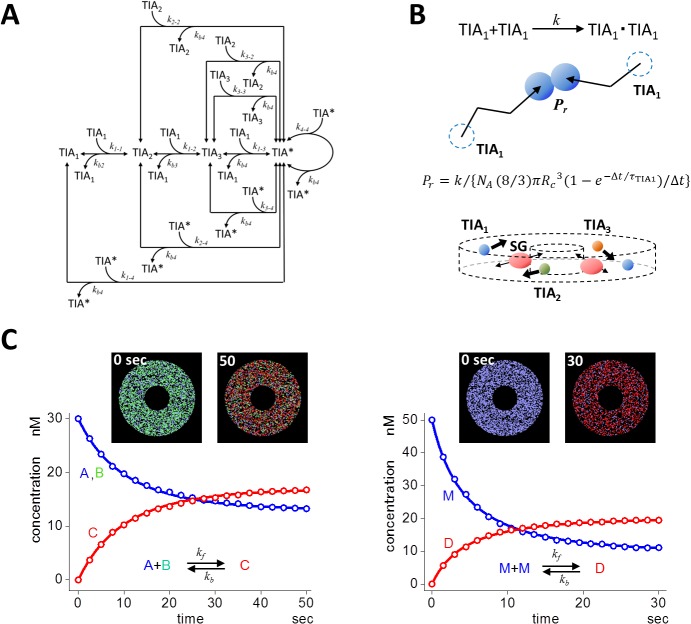Fig 3. A model of SG assembly and its stochastic simulation.
(A) A minimal model for SG assembly. Self-aggregation of TIA-1 upon application of a stress triggered the assembly of SGs. Single TIA-1 (TIA1) molecules formed dimer (TIA2), trimer (TIA3), and tetramer (TIA*). TIA* bound TIA1, TIA2, TIA3, and TIA* forming a larger TIA*. We assumed TIA* containing 12 or larger TIA1 as SG. (B) In our SS, molecules underwent RW jumping from the present position to the next (top panel). Two TIA1 molecules made a chance collision, and underwent dimer formation described by a probability P r, which was calculated according to an equation shown in the figure. All molecules underwent RW in a 3D circular model cell (bottom panel). SGs underwent 1D radial RW assuming transportation on microtubules, while other species underwent 3D RW. (C) SS was validated using simple reactions in a 3D circular model cell. SS results (red and blue open circles) agreed quite well with DS results (red and blue continuous curves) for the binding and dissociating bidirectional reaction (left panel). Initial conditions were as follows: [A] = [B] = 30 nM; [C] = 0 nM; k f = 2x106 /M/s; k b = 0.02 /s. For a reaction of dimer formation, SS results also showed quite good agreement with DS (right panel). Initial conditions were as follows; [M] = 50 nM; [D] = 0 nM; k f = 2x106 /M/s; k b = 0.01 /s. Insets in both panels are snapshots at the beginning and at the end of simulation. Each dot corresponds to each molecule, and the color correspond to molecular species shown in the reaction scheme in left and right panels.

